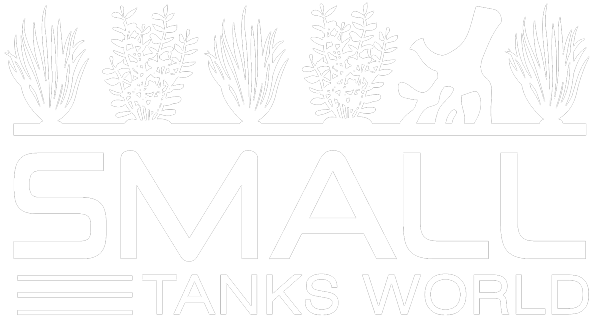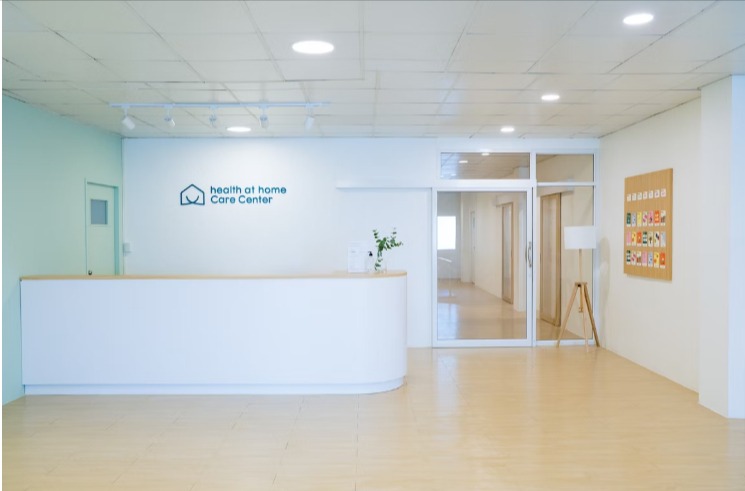The Importance of Staff Training and Education on Clean Room Injection Molding and Hospital Hygiene Practices
Clean room injection molding is a critical strategy in preventing healthcare-associated infections (HAIs) and ensuring patient safety. However, the effectiveness of this strategy relies heavily on proper staff training and education on hygiene practices.
Understanding the Importance of Clean Room Injection Molding
Clean room injection molding is a manufacturing process used to produce medical devices and other healthcare-related products in a sterile environment. This process is critical in preventing the spread of HAIs, which are estimated to affect 1 in 31 hospital patients, according to the Centers for Disease Control and Prevention (CDC). When medical devices are produced in a clean room environment, they are free of bacteria and other pathogens, minimizing the risk of infection to the patient.
The Role of Staff Training and Education
Proper staff training and education is essential to the success of clean room injection molding and hospital hygiene practices. Without adequate training, staff may not understand the importance of adhering to strict hygiene protocols or the consequences of not following them. Staff who are not properly trained may also be less likely to notice contamination or other issues that could compromise the sterility of medical devices.
Best Practices for Staff Training and Education
To ensure the effectiveness of clean room injection molding and other hygiene practices, hospitals should follow best practices for staff training and education:
Develop a comprehensive training program: Hospitals should develop a comprehensive training program for all staff involved in clean room injection molding and other hygiene practices. The program should include both classroom and hands-on training to ensure that staff understand the importance of hygiene protocols and how to properly follow them.
Provide ongoing education: Ongoing education is essential to ensure that staff remain up-to-date on the latest hygiene practices and any changes to policies or procedures.
Encourage participation: Hospitals should encourage staff participation in training and education programs by offering incentives, such as continuing education credits or recognition for outstanding performance.
Emphasize the importance of hygiene practices: Staff should be reminded regularly of the importance of hygiene practices and the impact they have on patient outcomes and healthcare costs.
Monitor and assess staff performance: Hospitals should monitor and assess staff performance regularly to ensure that they are properly following hygiene protocols and making use of clean room injection molding and other hygiene practices.
The Benefits of Proper Staff Training and Education
Proper staff training and education on clean room injection molding and hospital hygiene practices can have a significant impact on patient outcomes and healthcare costs. By ensuring that all staff understand the importance of hygiene protocols and know how to properly follow them, hospitals can reduce the risk of HAIs and improve patient safety. They can also reduce healthcare costs by minimizing the need for additional treatments and longer hospital stays due to infections.
In conclusion, clean room injection molding is a critical strategy in preventing HAIs and ensuring patient safety. However, its effectiveness relies heavily on proper staff training and education on hygiene practices. Hospitals should develop comprehensive training programs, provide ongoing education, and encourage staff participation to ensure that all staff understand the importance of adhering to hygiene protocols. By doing so, hospitals can reduce the risk of HAIs, improve patient outcomes, and reduce healthcare costs.

